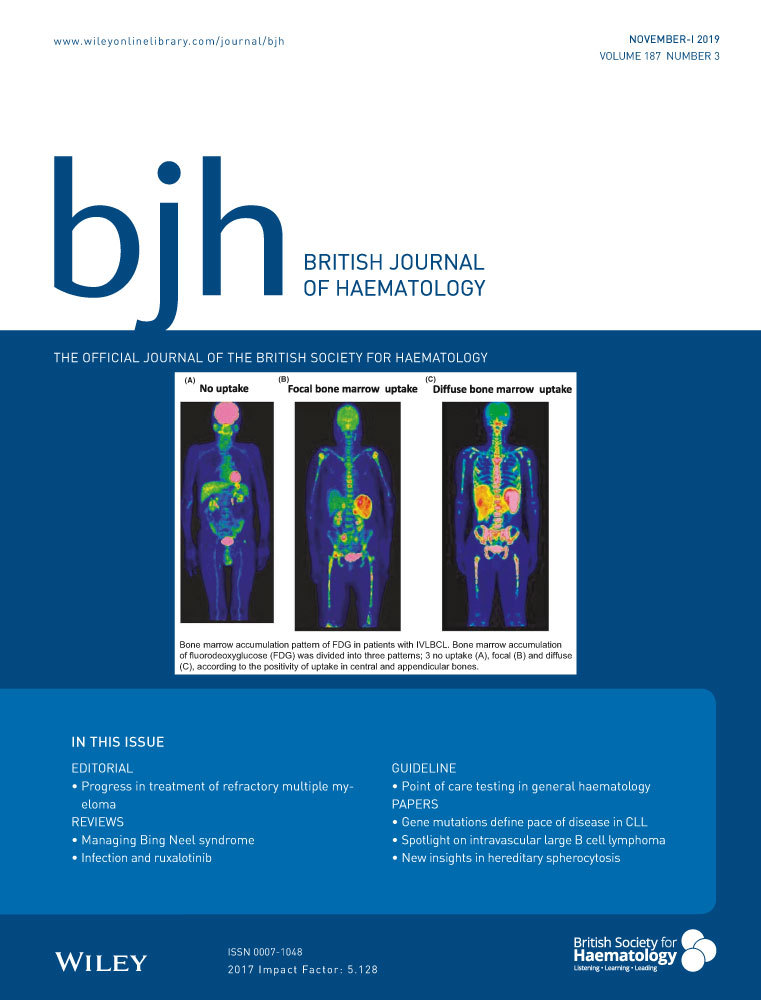A diagnostic solution for haemostasis laboratories for patients taking direct oral anticoagulants using DOAC-Remove
Summary
This study describes the use of a simple charcoal product (DOAC-RemoveTM) to allow haemostasis assays on patients taking direct oral anticoagulants (DOAC). In the proposed algorithm, patients taking DOAC are screened using the dilute thrombin time (dTT) and anti-Xa assay. If either are positive then DOAC-Remove is utilised. In a validation, DOAC-Remove did not interfere with coagulation testing in normal plasma or in patients on DOAC with a known lupus anticoagulant (LA). Of 1566 routine patient samples tested, 125 (8%) had evidence of anti-Xa activity (>0·1 iu/ml) or prolonged dTT suggestive of either a direct/indirect Xa inhibitor or direct thrombin inhibitor. All of these 125 patients had a prolonged dilute Russell viper venom time (dRVVT) screening test and 106 had a LA detected by dRVVT after phospholipid correction. After DOAC-Remove, 91 patients (73%) had a negative dRVVT screen. After further investigation only 9 (7%) had a positive LA. DOAC-Remove prevented 5% of patients having a LA inappropriately detected. DOAC did not significantly affect the LA activated partial thromboplastin time (aPTT) ratio, protein S antigen or protein C activity. DOAC cause low intrinsic factor assays, high prothrombin time/aPTT and high activated protein C sensitivity ratio, which DOAC-Remove reversed (P < 0·05). Despite recommendations, haemostasis testing for patients on DOAC continues; this algorithm aids diagnostic accuracy. Further validation and research are warranted.
Conflicts of interest
SC-M: none to declare. SM: support to attend educational meetings from Sysmex, Werfen and Stago. WT: advisory boards for Daiichi Sankyo, honorarium from Pfizer and Bayer.




